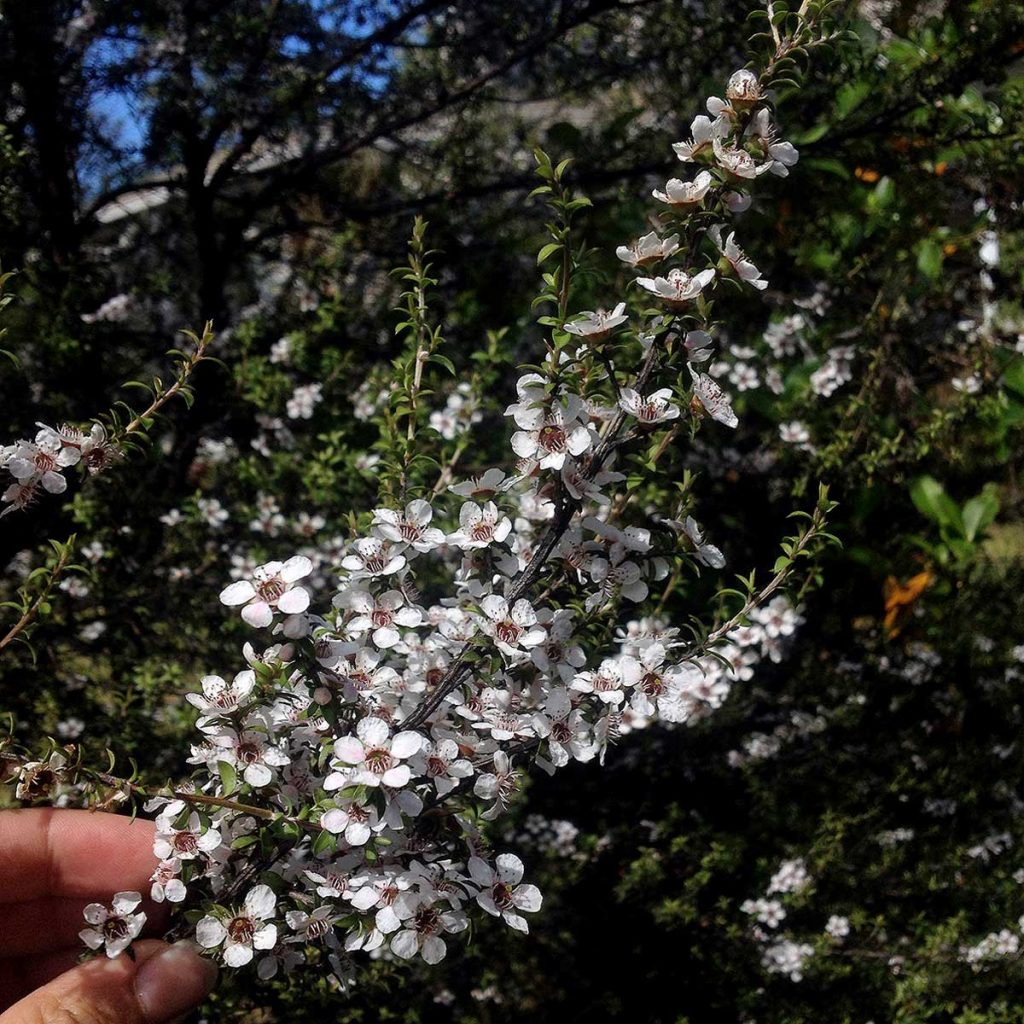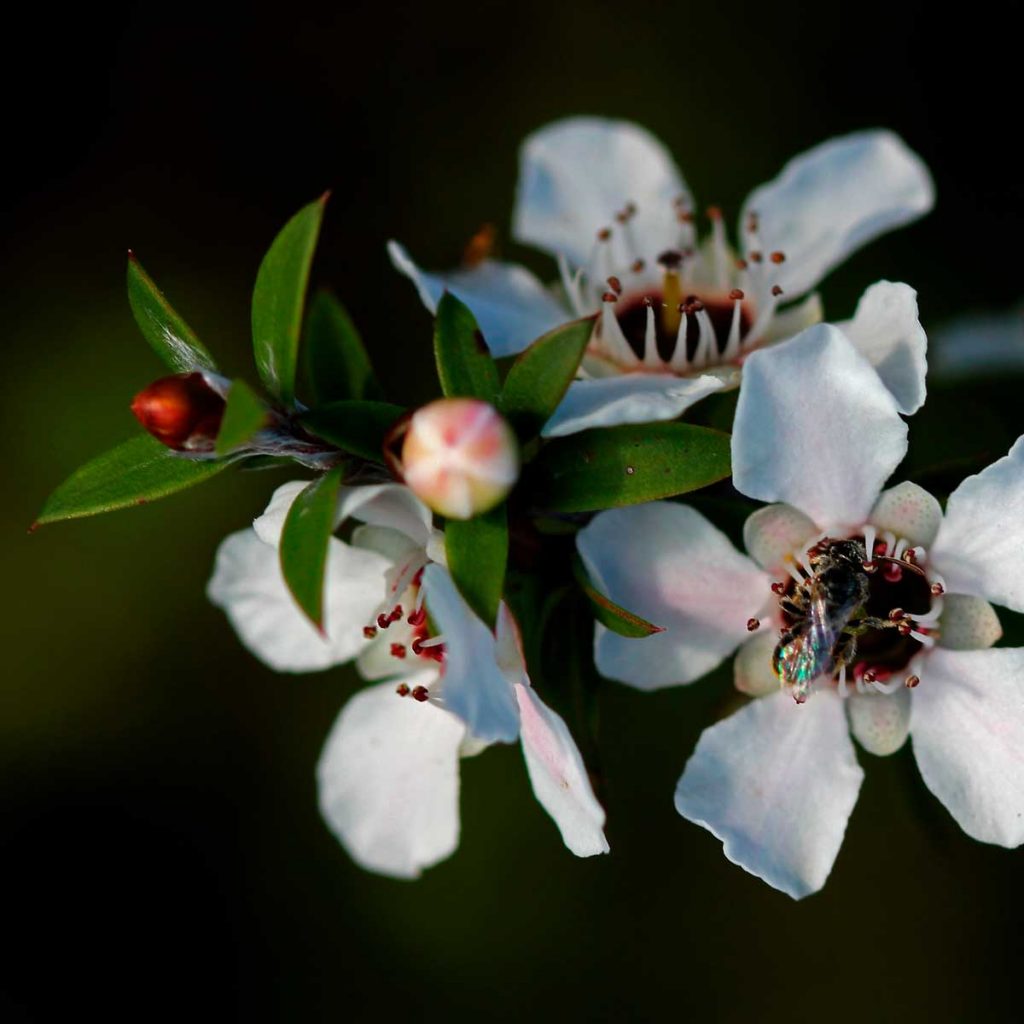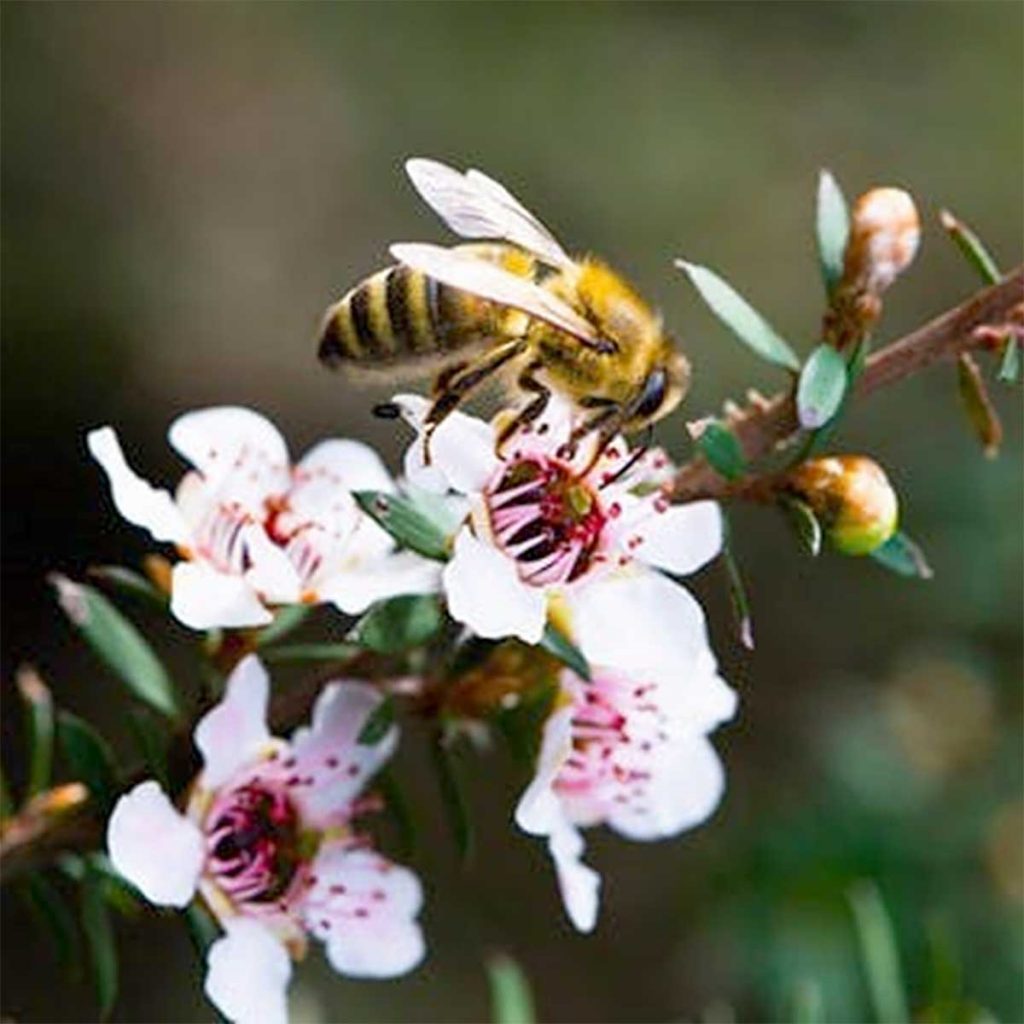
Wetlands / Manuka
Information for Juniors
Manuka
- Common name tea-tree
- Recently it has become known as the honey tree because of the pharmaceutical properties of Manuka honey
- Found throughout NZ
- Possibly originating from Australia
- Depending on the variety can range from 2m to 15m
- Rosellas love the leaves and the bark
- The sawdust from Manuka is prized for its use to smoke fish and other foods
- Its wood is reddish brown and is a hard wood used for handles on tools
- It is a favourite in the fire place for its heat and smell.
- The leaves are small and prickly to touch
- It has white and pink flowers
- Its seed pods are hard and woody and remain on the plant for nearly a year before flowering
- Can flower at any time of the year
- The early settlers used Manuka leaves to make tea hence they called it the tea tree
- Manuka was used for dealing with head colds, skin disorders, urinary complaints, cosmetics and manuka oil is growing in popularity for skin and fungal conditions and aroma therapy
- Bees love the Manuka because the flowers bloom all year round somewhere
- Large Manuka forests are being planted all over NZ to support the honey industry



Information for Junior Secondary
Manuka
- Common name tea-tree
- Recently it has become known as the honey tree because of the pharmaceutical properties of Manuka honey
- Found throughout NZ
- Possibly originating from Australia
- Depending on the variety can range from 2m to 15m
- Rosellas love the leaves and the bark
- The sawdust from Manuka is prized for its use to smoke fish and other foods
- Its wood is reddish brown and is a hard wood used for handles on tools
- It is a favourite in the fire place for its heat and smell.
- The leaves are small and prickly to touch
- It has white and pink flowers
- Its seed pods are hard and woody and remain on the plant for nearly a year before flowering
- Can flower at any time of the year
- The early settlers used Manuka leaves to make tea hence they called it the tea tree
- Manuka was used for dealing with head colds, skin disorders, urinary complaints, cosmetics and manuka oil is growing in popularity for skin and fungal conditions and aroma therapy
- Bees love the Manuka because the flowers bloom all year round somewhere
- Large Manuka forests are being planted all over NZ to support the honey industry



Information for Seniors
Manuka
- Common name tea-tree
- Recently it has become known as the honey tree because of the pharmaceutical properties of Manuka honey
- Found throughout NZ
- Possibly originating from Australia
- Depending on the variety can range from 2m to 15m
- Rosellas love the leaves and the bark
- The sawdust from Manuka is prized for its use to smoke fish and other foods
- Its wood is reddish brown and is a hard wood used for handles on tools
- It is a favourite in the fire place for its heat and smell.
- The leaves are small and prickly to touch
- It has white and pink flowers
- Its seed pods are hard and woody and remain on the plant for nearly a year before flowering
- Can flower at any time of the year
- The early settlers used Manuka leaves to make tea hence they called it the tea tree
- Manuka was used for dealing with head colds, skin disorders, urinary complaints, cosmetics and manuka oil is growing in popularity for skin and fungal conditions and aroma therapy
- Bees love the Manuka because the flowers bloom all year round somewhere
- Large Manuka forests are being planted all over NZ to support the honey industry



Activities
- Create a poster on the honeybee on a piece of paper that is divided into 4 sections
- Section 1: draw a diagram of the bee to clearly show that it is an insect by labelling its parts
- Section 2: draw the hind legs very carefully and describe how bees support pollination and how this pollination ends up as honey
- Section 3: describe the workings of a hive by describing each of the different types of bees that function inside the hive
- Section 4: list 10 most interesting facts that you have discovered about the relationship between bees and Manuka
